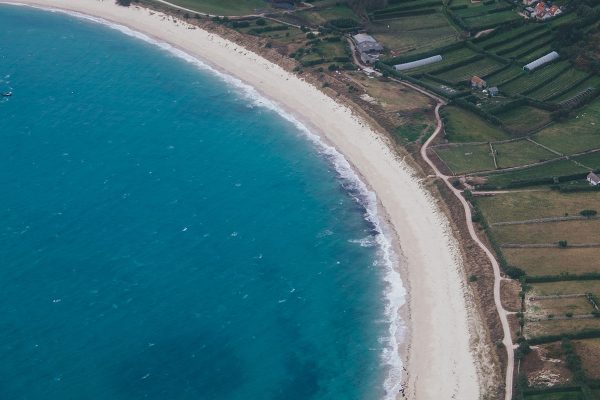Whilst green space has been linked to healthier sleep outcomes, the roles of specific types of nature exposure, potential underlying mechanisms, and between-country variations in nature-sleep associations have received little attention.
Drawing on cross-sectional survey data from an 18-country sample of adults (N = 16,077) the current study examined: 1) the relative associations between six different types of nature exposure (streetscape greenery, blue view from home, green space within 1 km, coast within 1 km, green space visits, blue space visits) and insufficient sleep (<6 h vs. 7–10 h per day); 2) whether these relationships were mediated by better mental wellbeing and/or physical activity; and 3) the consistency of these pathways among the different countries.
After controlling for covariates, neighbourhood nature measures (green space, coast within 1 km) were not significantly associated with insufficient sleep; but nature visible from home (streetscape greenery, blue views) and recreational visits to green and blue spaces were each associated with less insufficient sleep. Significant nature-sleep associations were mediated, to varying degrees, by better mental wellbeing, but not self-reported physical activity. Country-level heterogeneity in the strength of nature-sleep associations was observed.
Increasing nature visible from the home may represent a promising strategy for promoting healthier sleep duration at the population level, whilst nature-based interventions encouraging individuals to spend time in local green/blue spaces may be an appropriate target to assist individuals affected by insufficient sleep.








